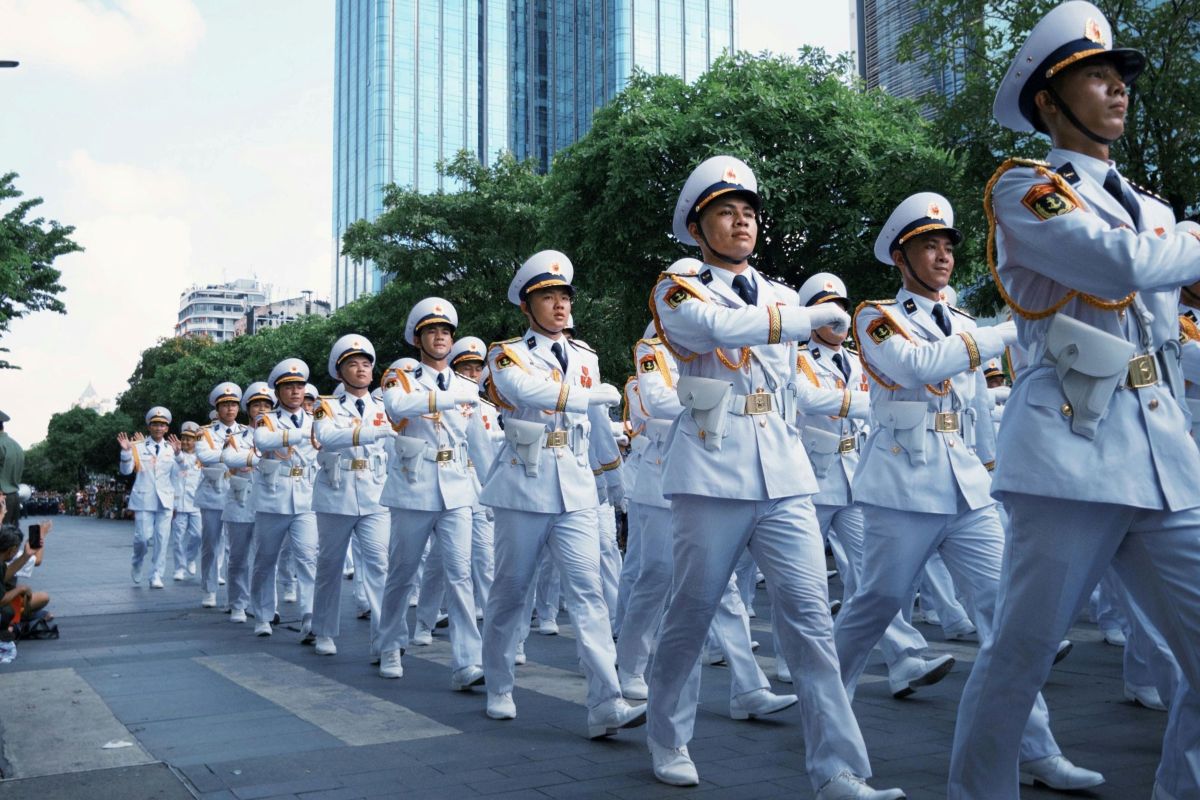One of Vietnam’s key aims in organising the event was to reaffirm national sovereignty and independence, while promoting values of peace and growth aspirations. It was also an opportunity to showcase Vietnam’s capacity to host large-scale events and position itself as a capable, confident international partner – one that honours its historical legacy while actively engaging with the global community.
Following the success of the 30 April celebrations, the upcoming 80th anniversary of the August Revolution and National Day in Hanoi is expected to make a strong mark and offer ample opportunities to share Vietnam’s image and national spirit with the world.
The need for a comprehensive PR and communications strategy
To ensure maximum reach, the PR and communications strategy for a national event must be rolled out across multiple platforms.
Inviting international media and journalists from major news outlets to cover the event can generate a steady flow of in-depth information. International broadcasters may provide live coverage, helping the event’s visuals and messages reach millions of viewers.
Social media is a powerful amplifier, enabling real-time updates and diverse engagement with global audiences. By collaborating with international media partners and influencers, the event can broaden its reach and connect with diverse segments of the public. The event’s official website also plays a crucial role as an information hub with timely, consistent, and official content.
To boost communication effectiveness, core messages should be embedded in the event’s overall design and execution. For Vietnam’s two major celebrations this year, values such as peace, stability, sustainable development, and cultural identity are consistently highlighted. Images of a peace-loving nation and a successful post-war development model are conveyed in every detail, not just through loud statements. This “show, don’t tell” approach increases credibility and emotional impact with international audiences.
Ultimately, the success of national PR strategy hinges on coordinated efforts among key agencies: the Ministry of Foreign Affairs leads external communications, while government bodies in tourism, culture, and sports run promotional activities and side programs for international media – ensuring a unified message and maximising the event’s media impact.
Leveraging major events for long-term nation branding
Major events offer Vietnam a valuable opportunity to be recognised as a key player in the region and globally, while positioning itself as a model of economic prosperity and post-war resurgence. This improves the country’s soft power, contributing meaningfully to its diplomatic standing, global familiarity, and reputation. Besides, impressive tourism statistics following such events provide strong empirical evidence of the tangible economic benefits.
Special events also present golden opportunities to promote the nation’s image, its people, and development potential. Through global media coverage, Vietnam’s cultural richness, cuisine, and natural beauty can be showcased in an authentic and compelling way. These events also serve as important platforms for fostering economic cooperation and attracting foreign investment, often through the signing of major agreements that reinforce investor confidence in Vietnam’s political stability and economic growth. The positive national image generated by these events becomes an invaluable asset in long-term branding strategies.
To build a sustainable nation brand, post-event communications play a crucial role in maintaining and amplifying the initial positive impact. This requires a continuous engagement strategy across multiple platforms, including tourism campaigns, cultural diplomacy initiatives, and digital media channels. True success in event PR lies in the ability to transform abstract concepts into concrete, memorable perceptions and to sustain them, while reflecting the nation’s soft power.
The key takeaway here is that special event PR is not a one-off communications activity but part of a broader national strategy that demands close coordination between government agencies, businesses, the media, and the international community. In the age of soft power diplomacy, countries that know how to tell their story convincingly and consistently are the ones that win the hearts of the global public.
Story: Dr Liem Bui, lecturer in Professional Communication, School of Communication & Design, RMIT University Vietnam





